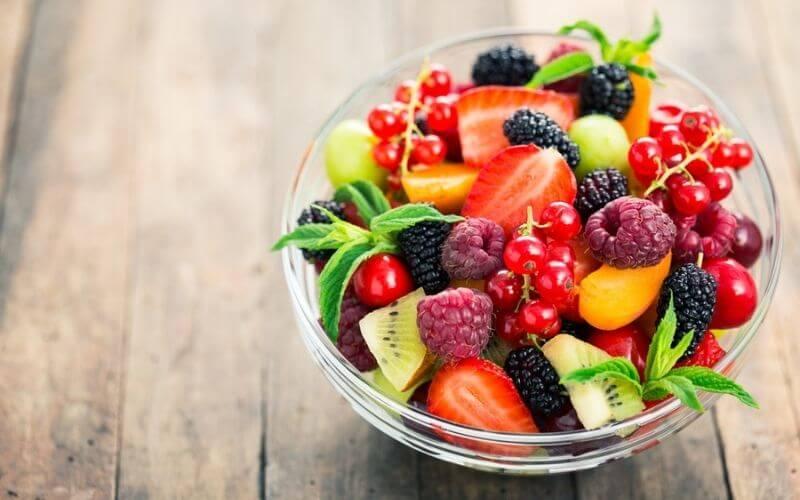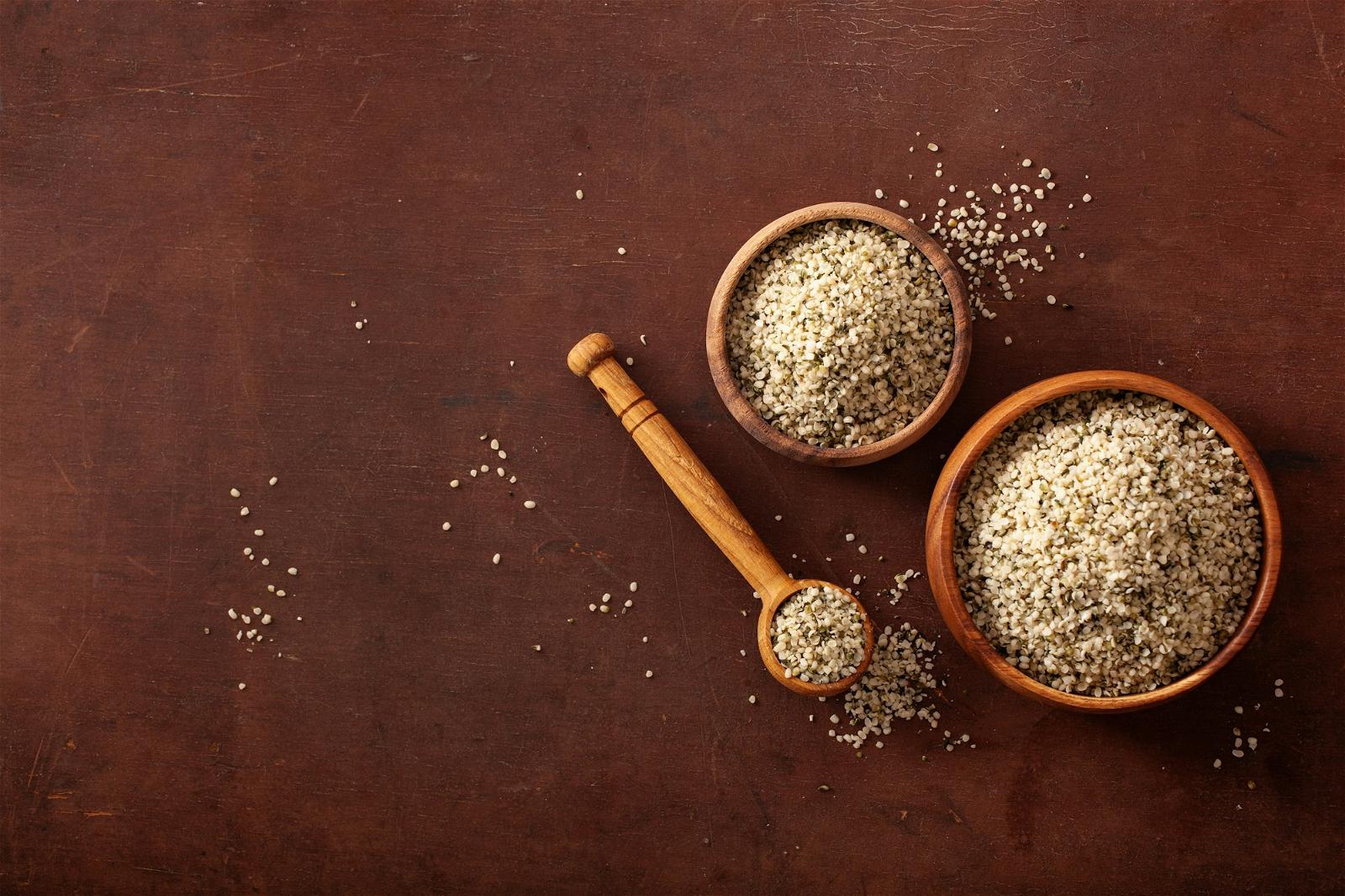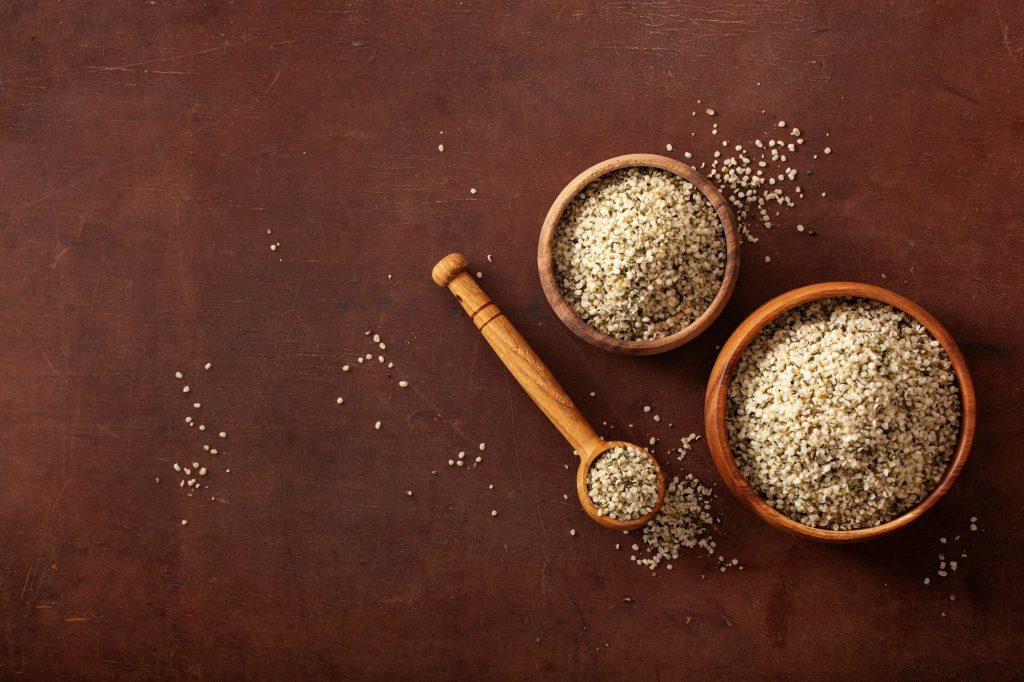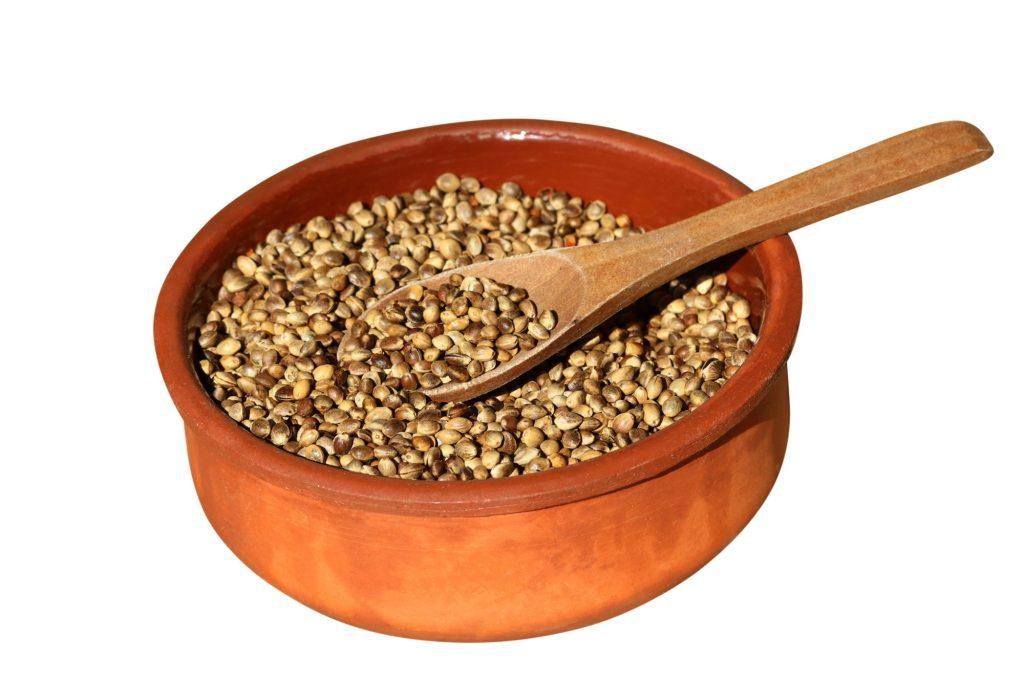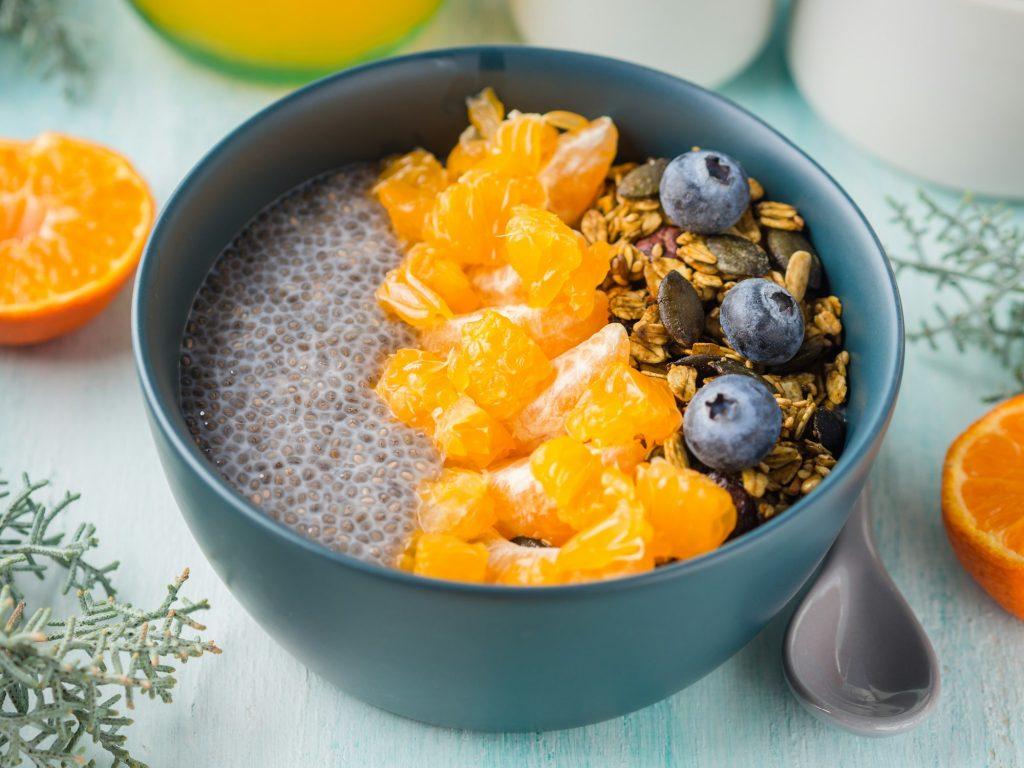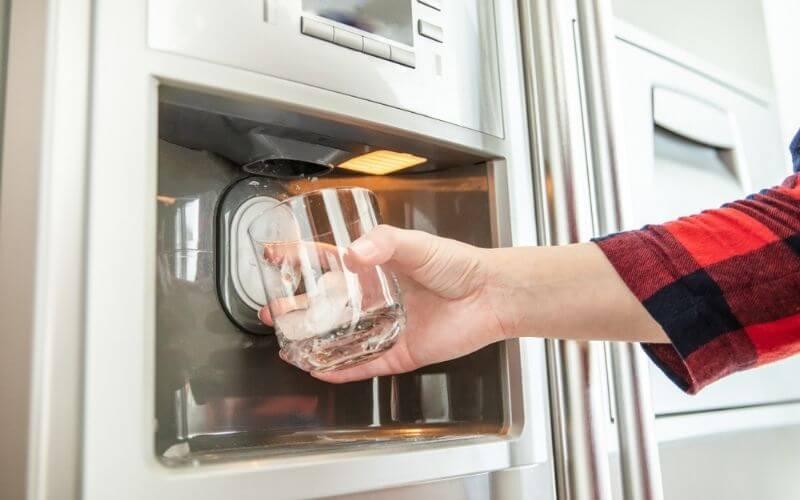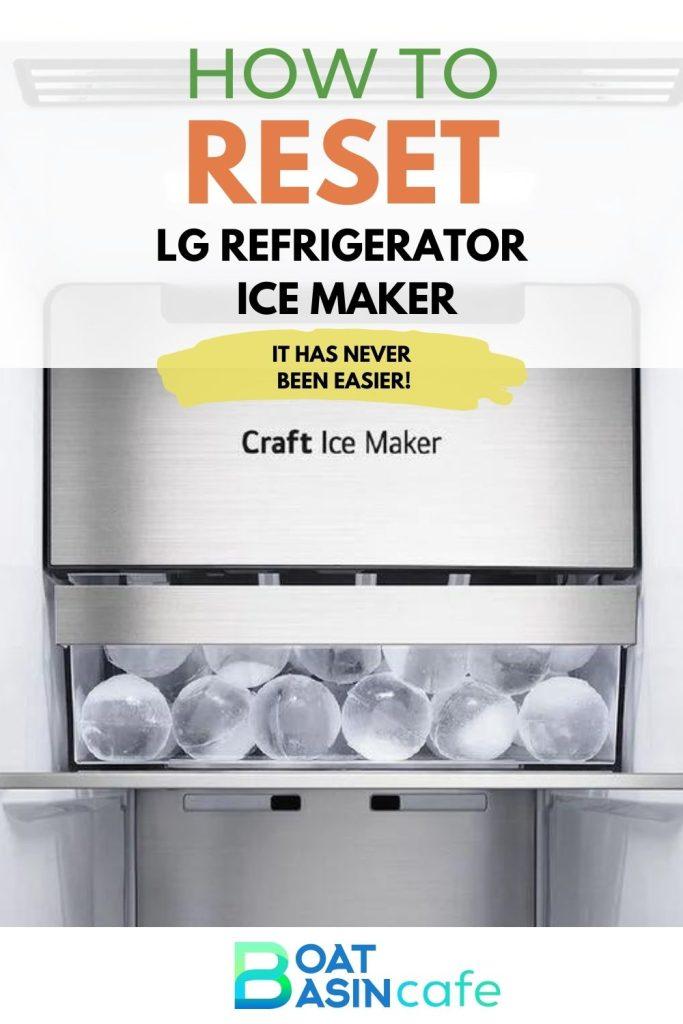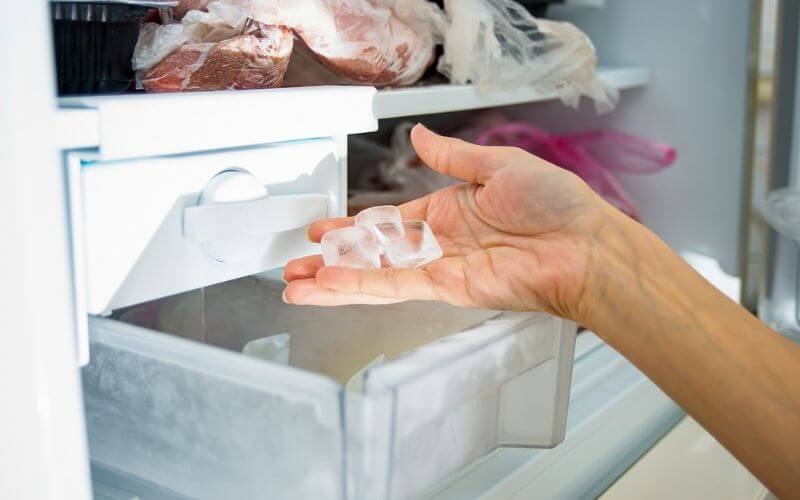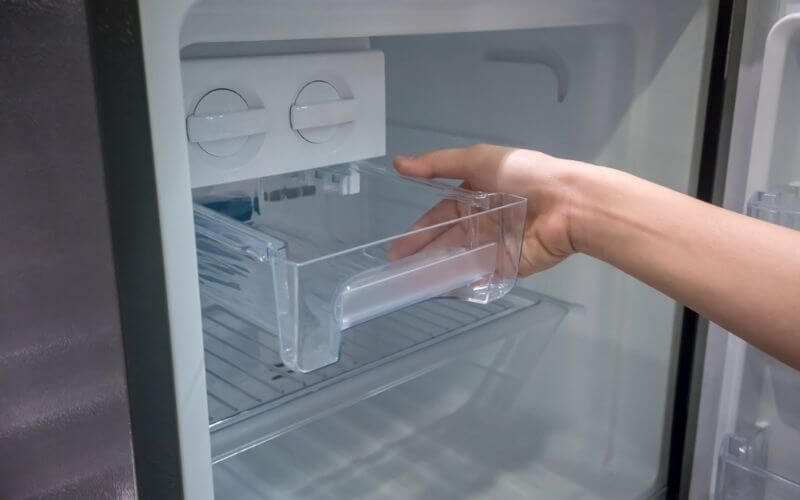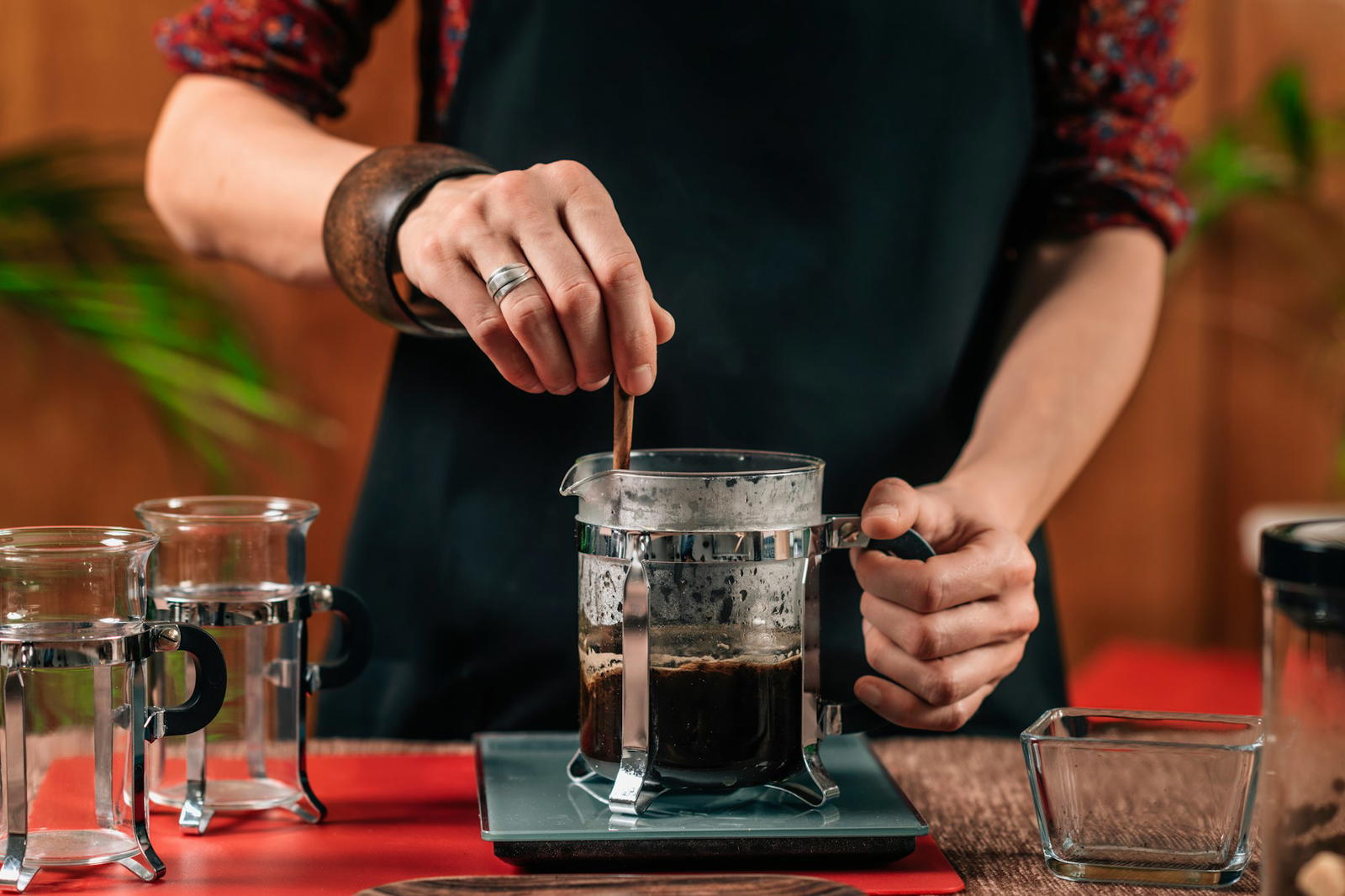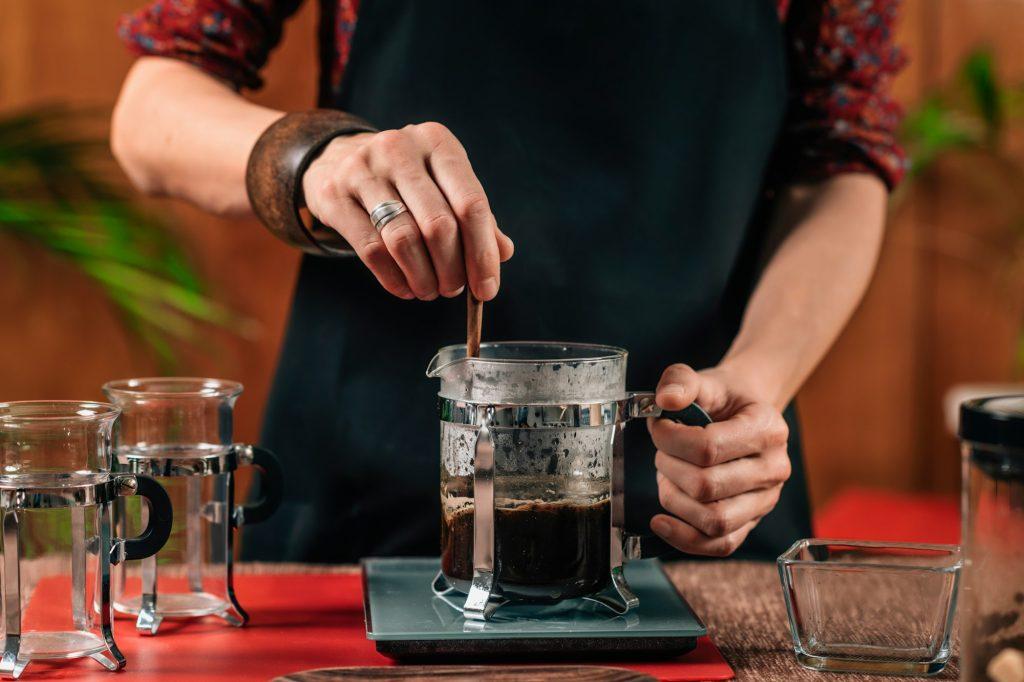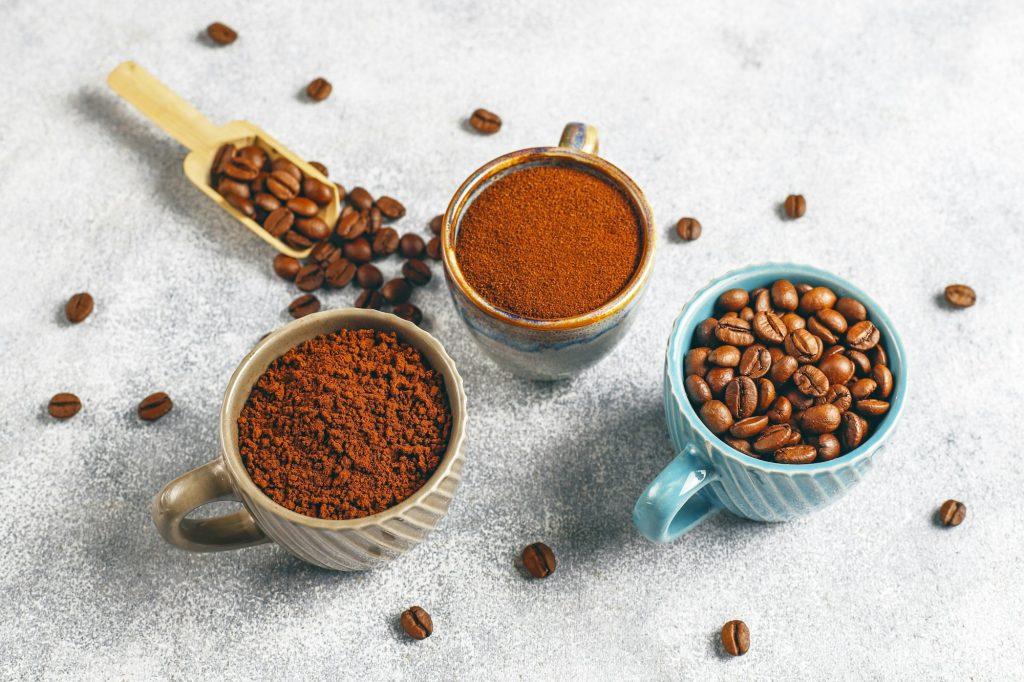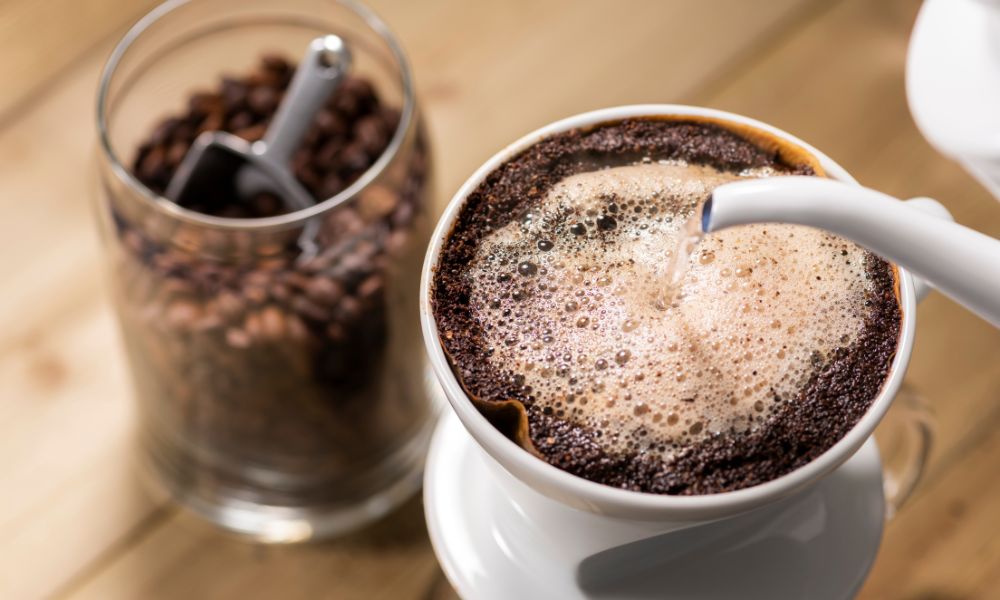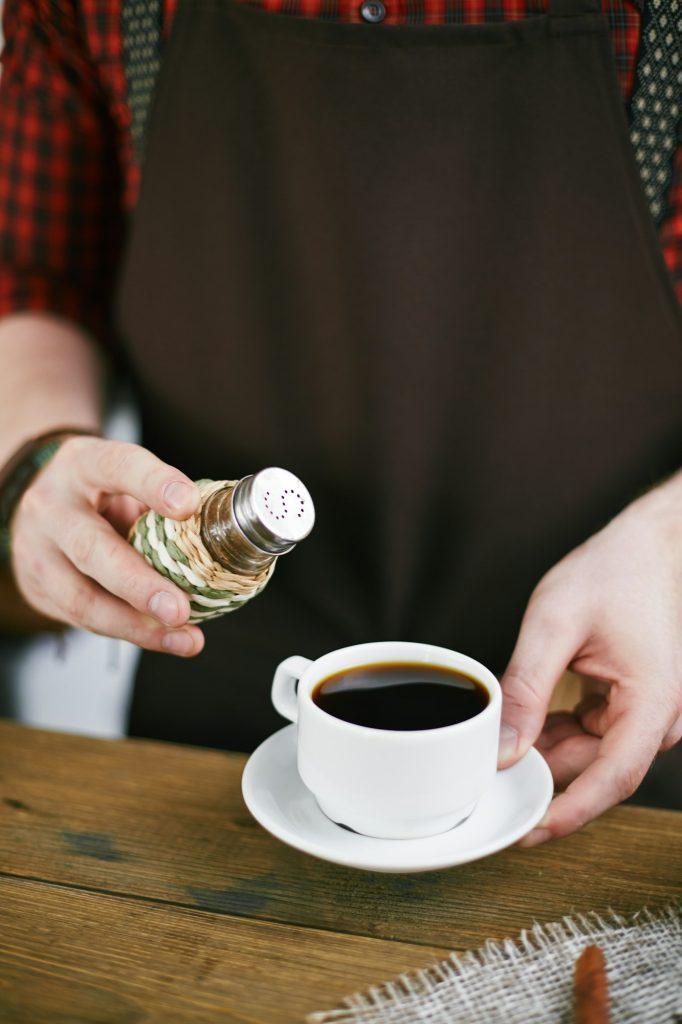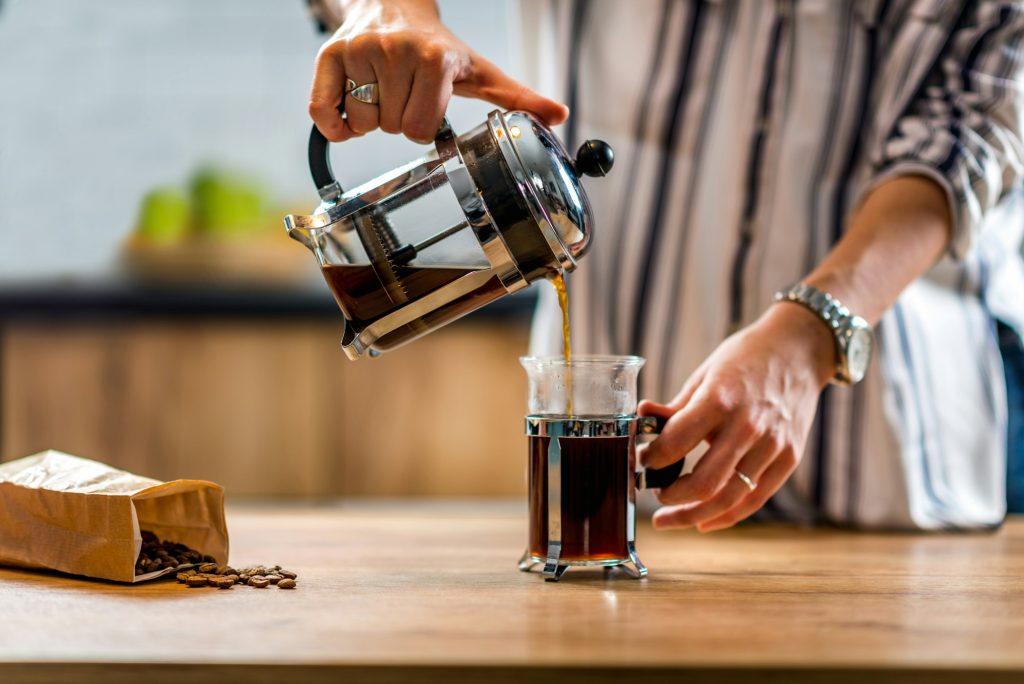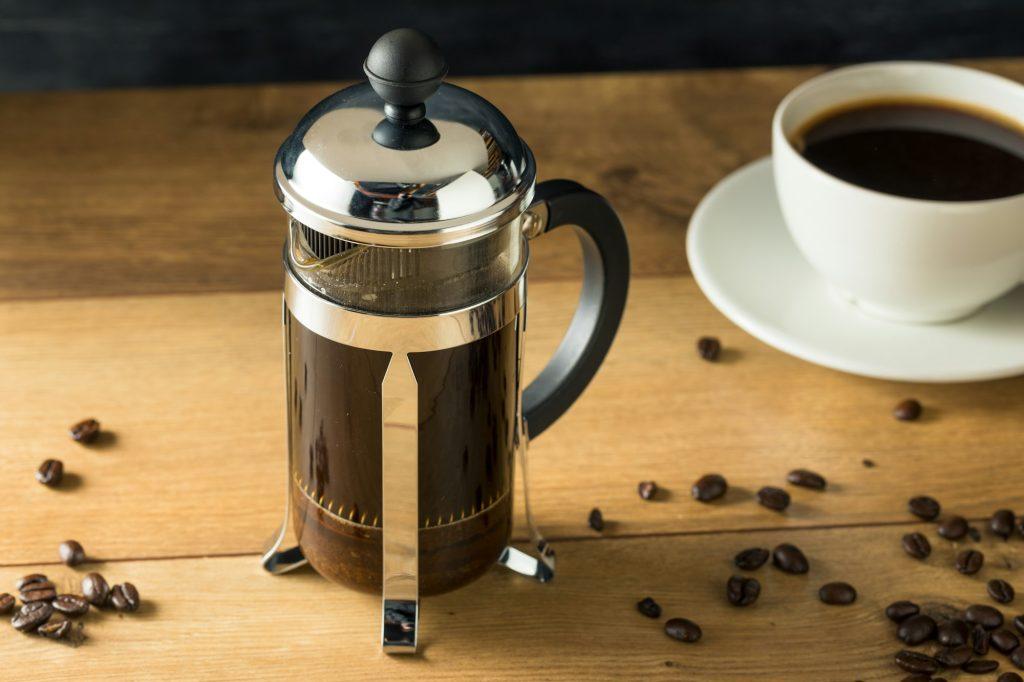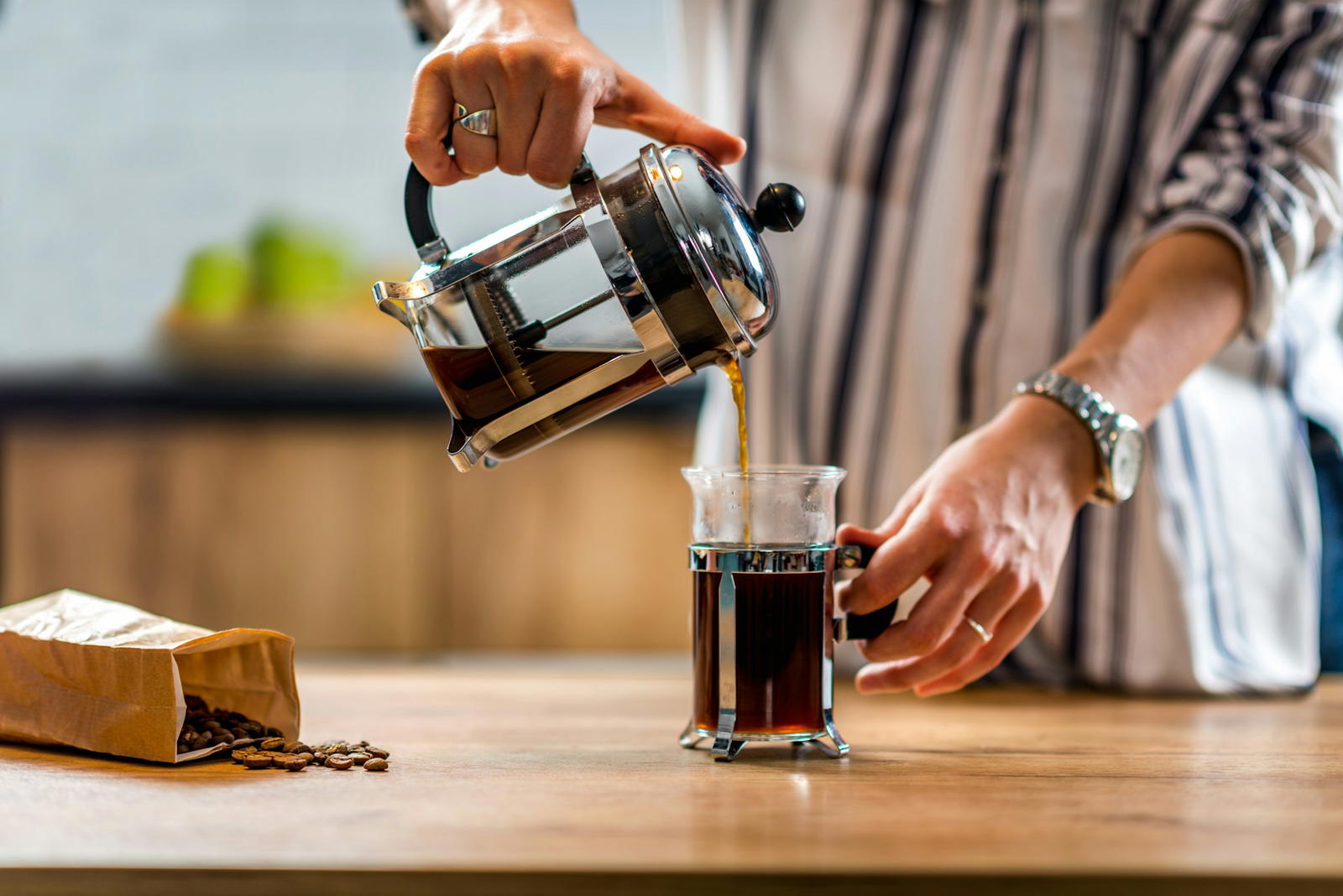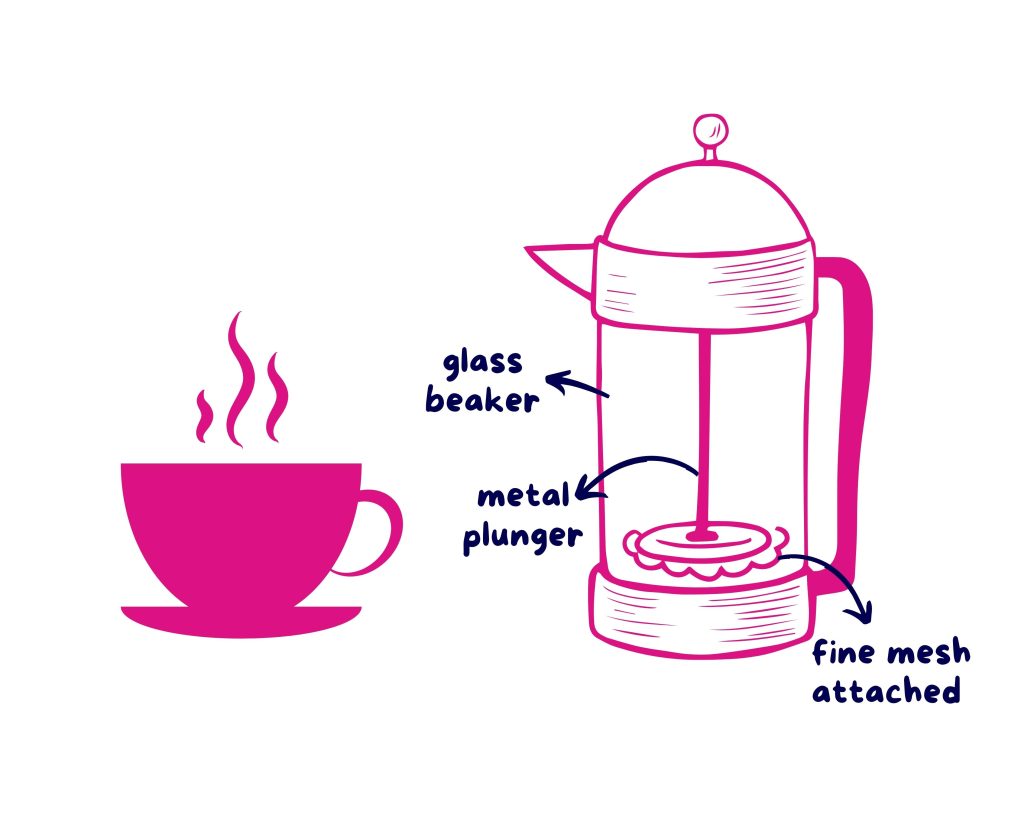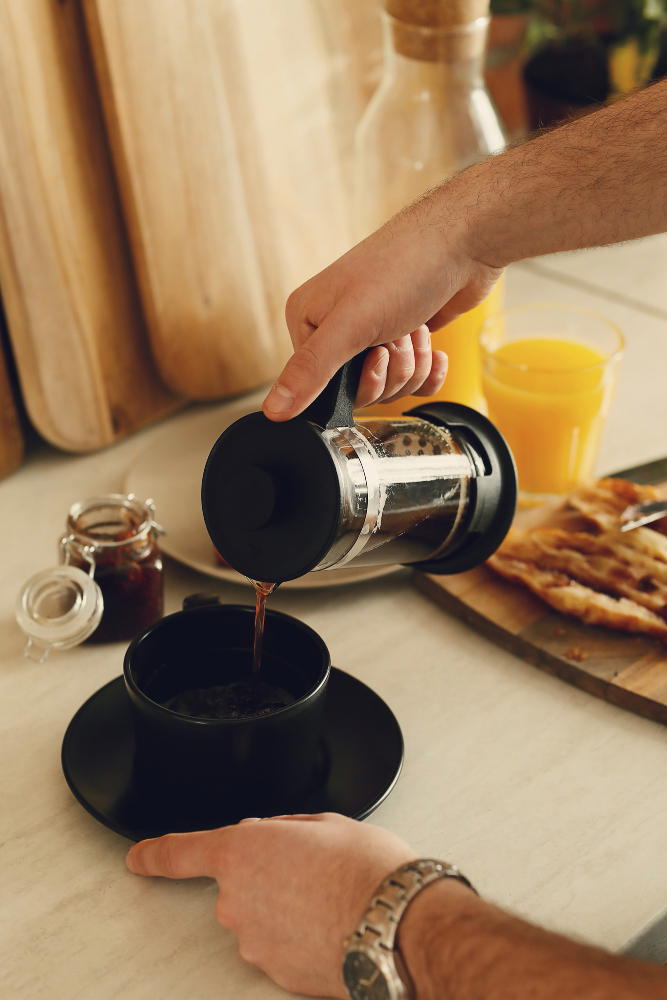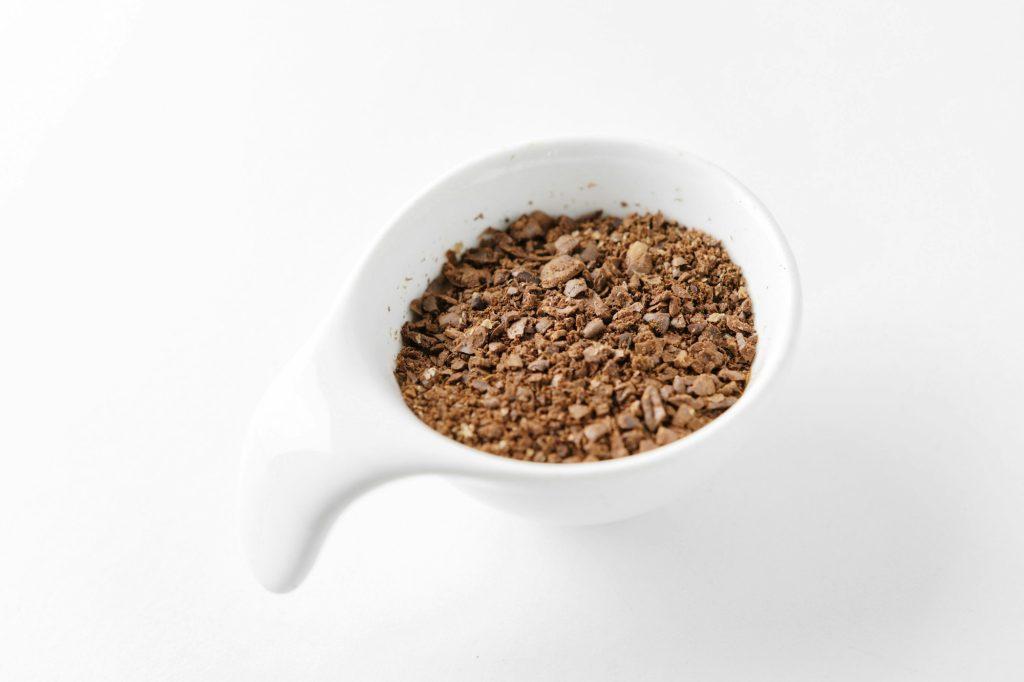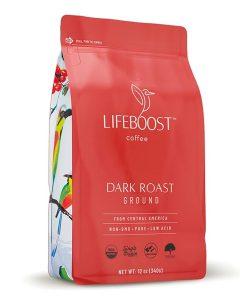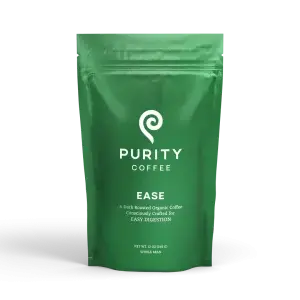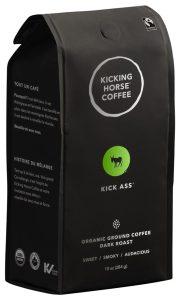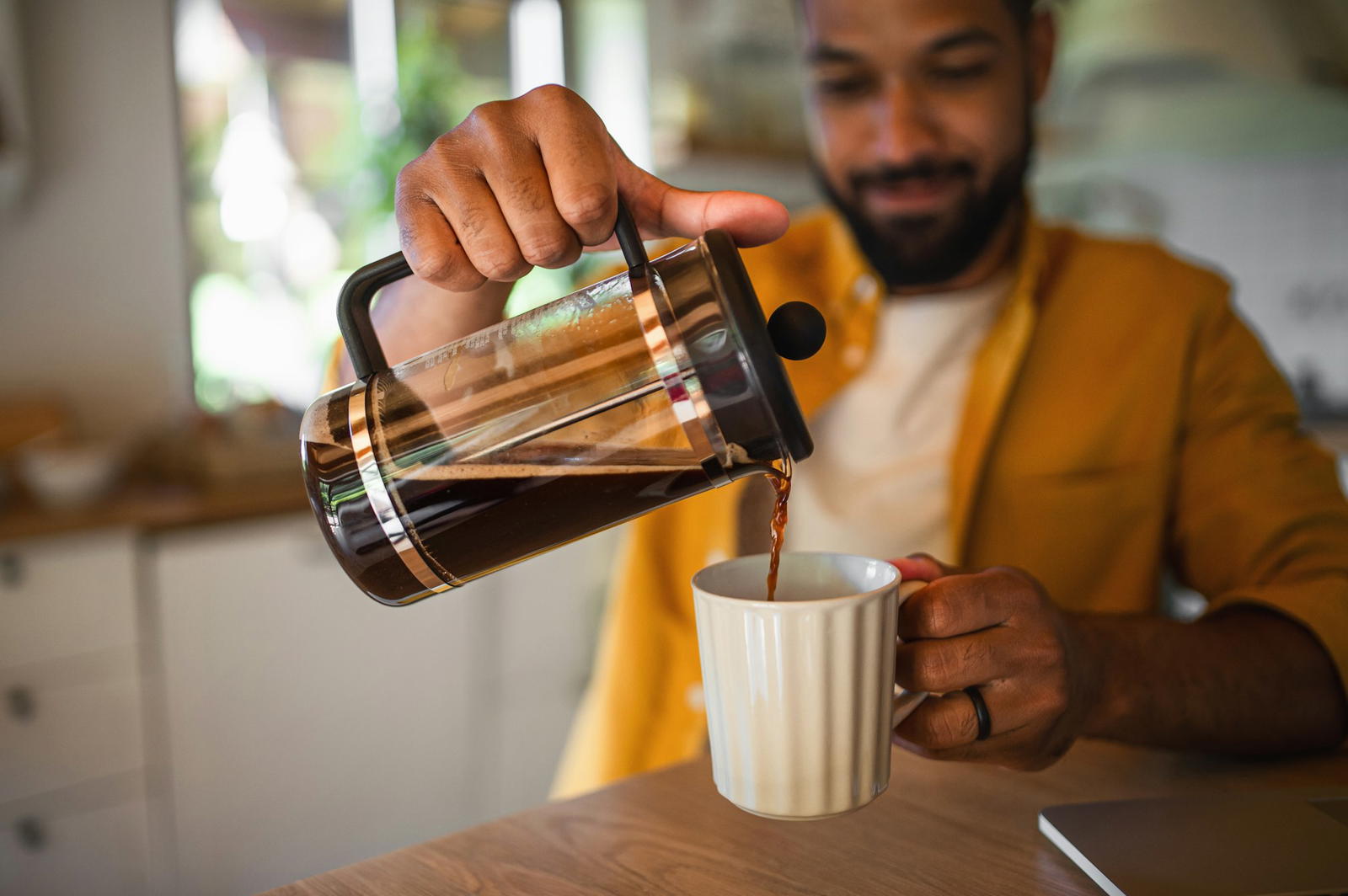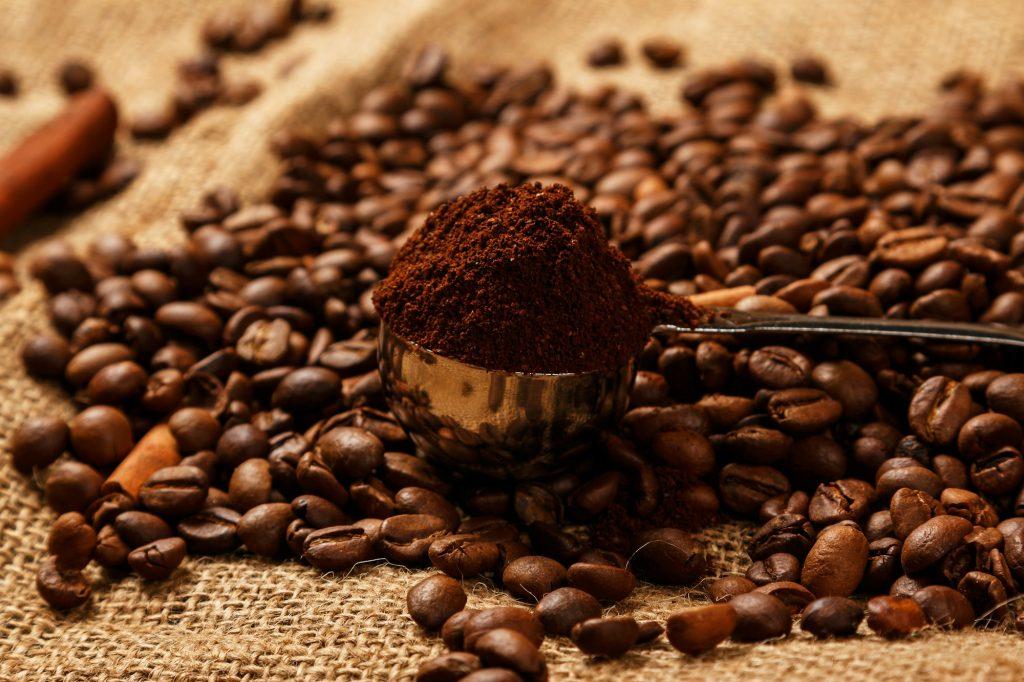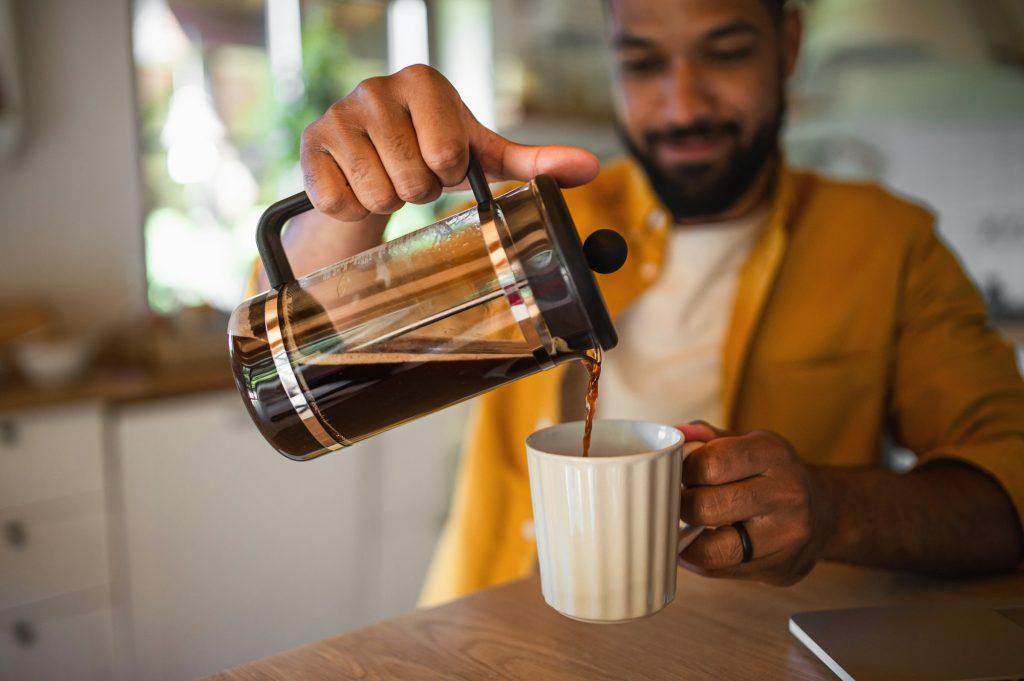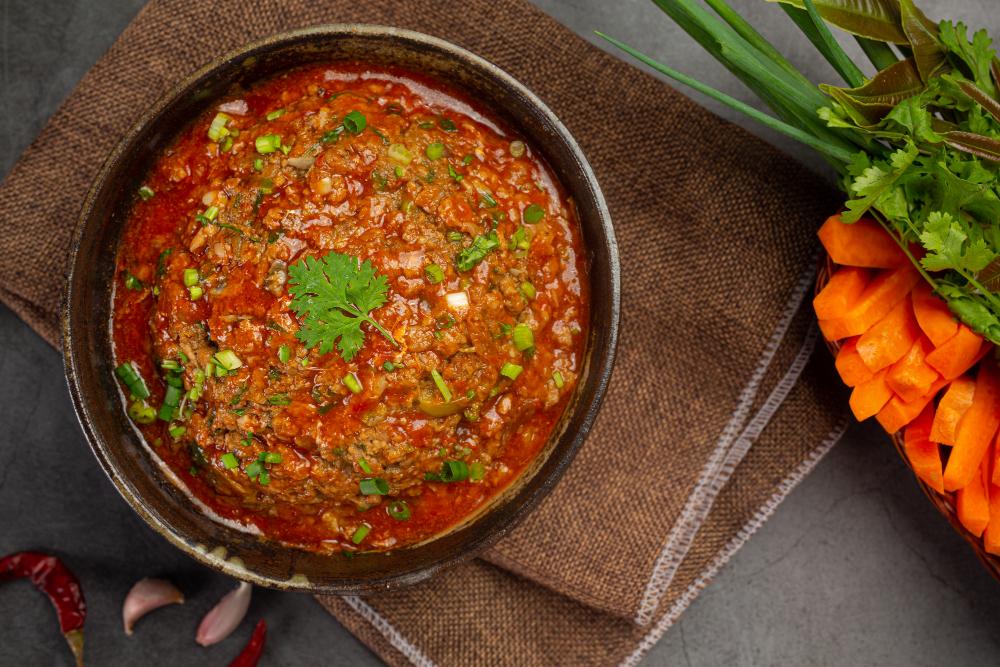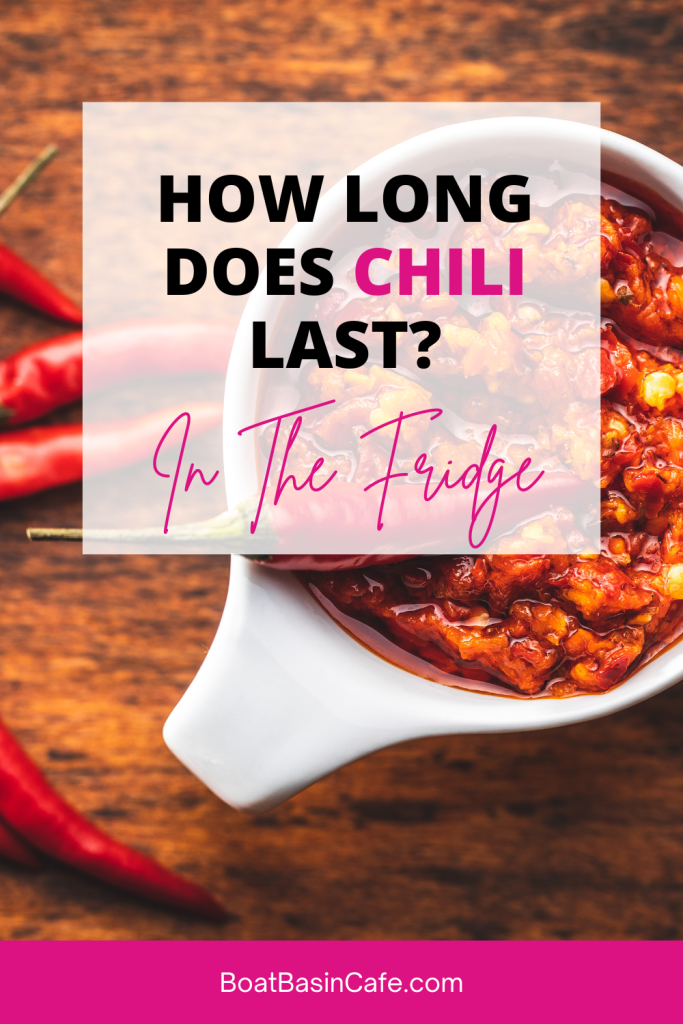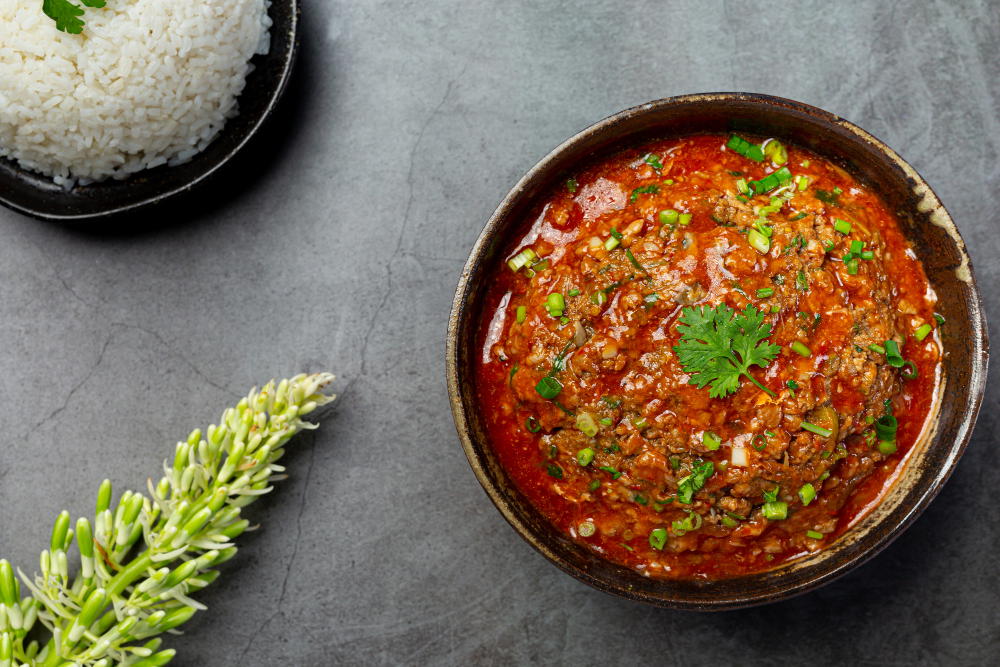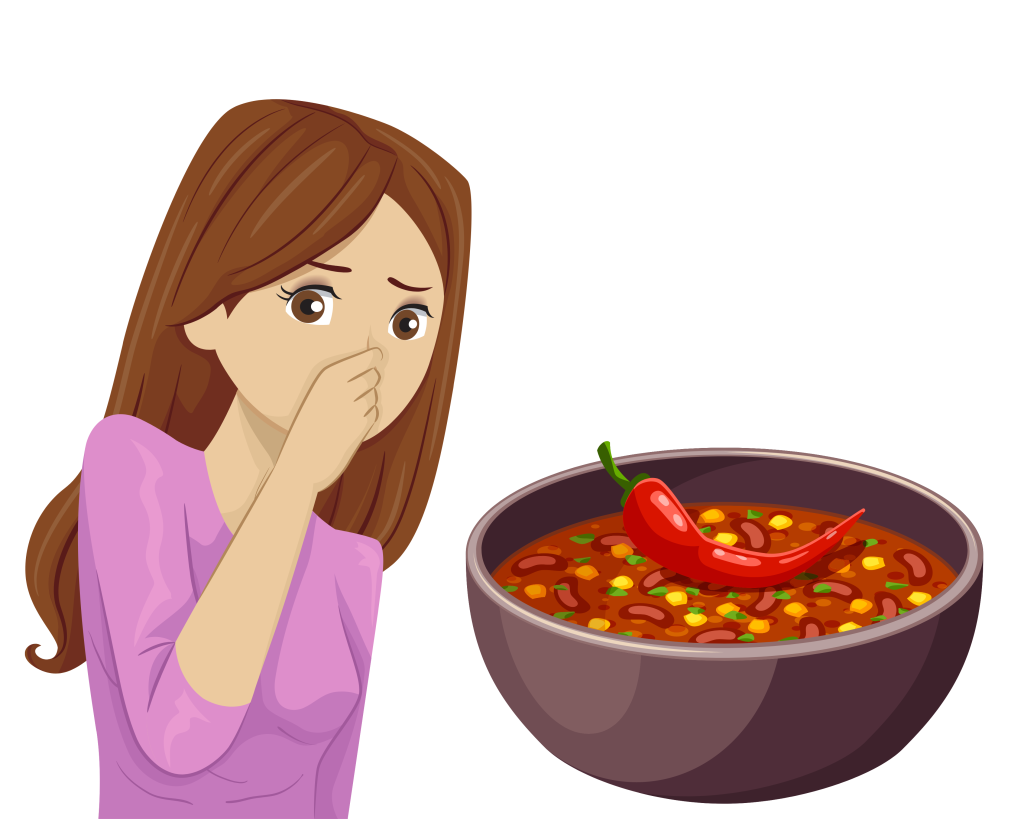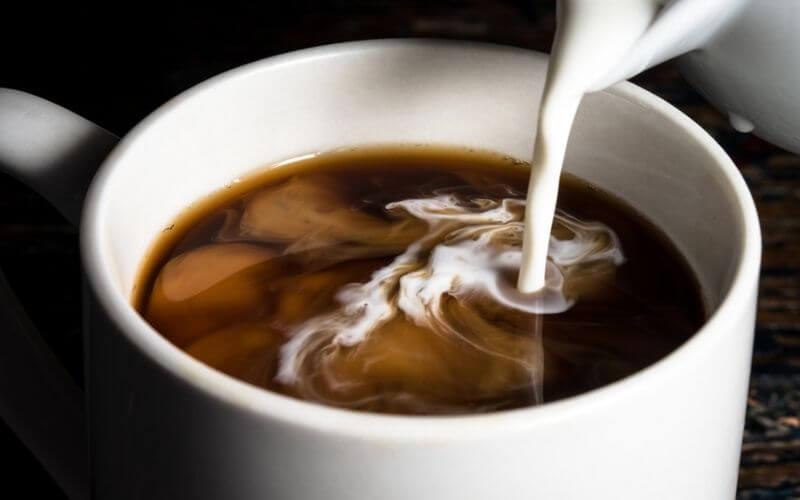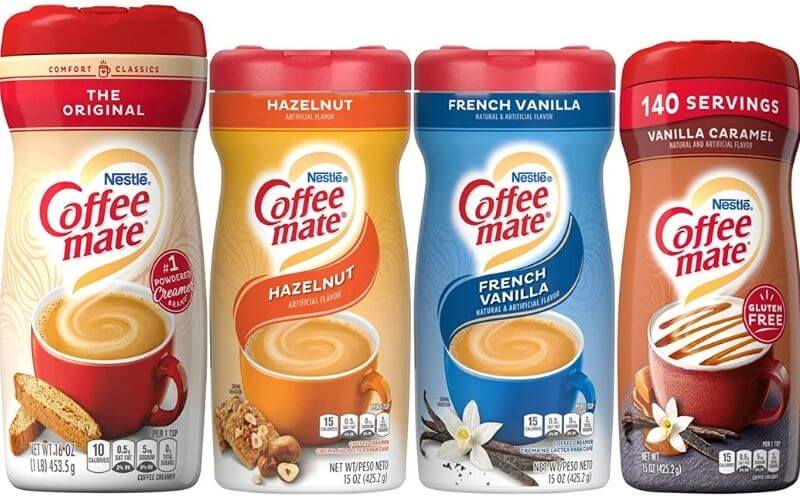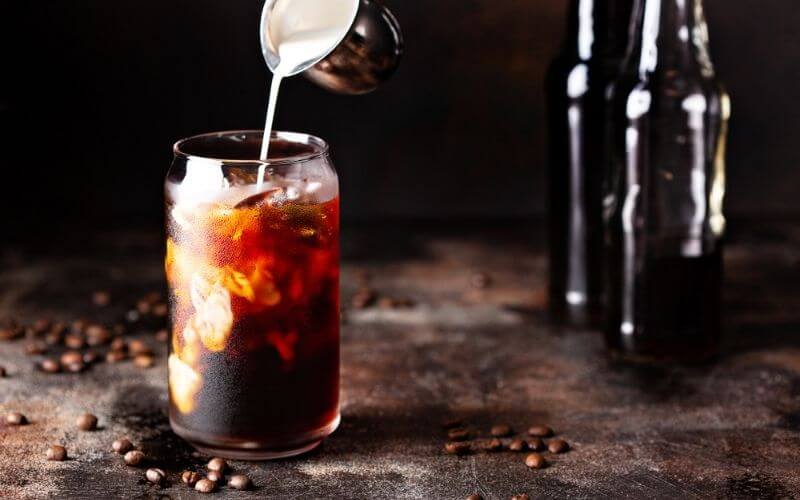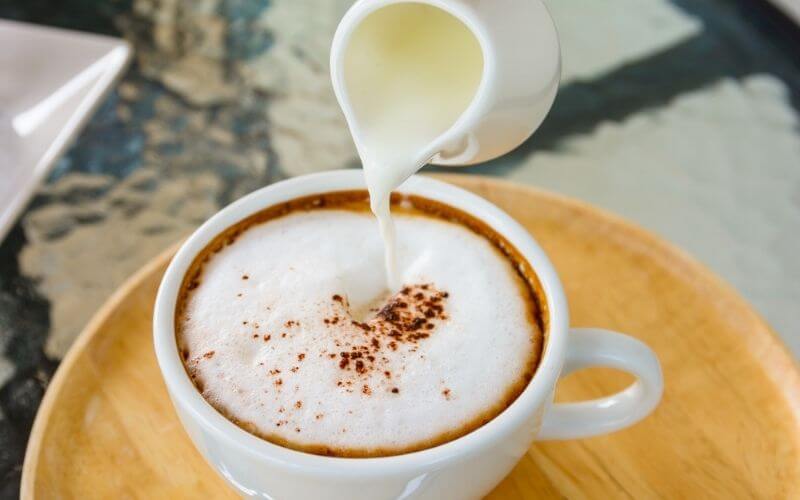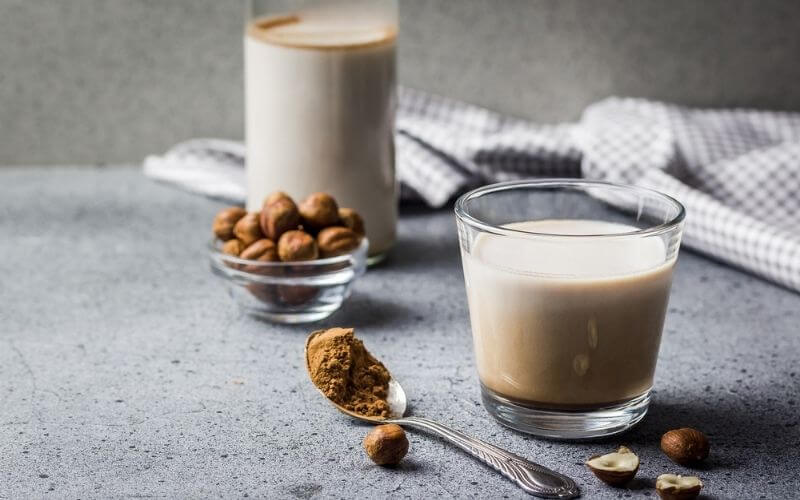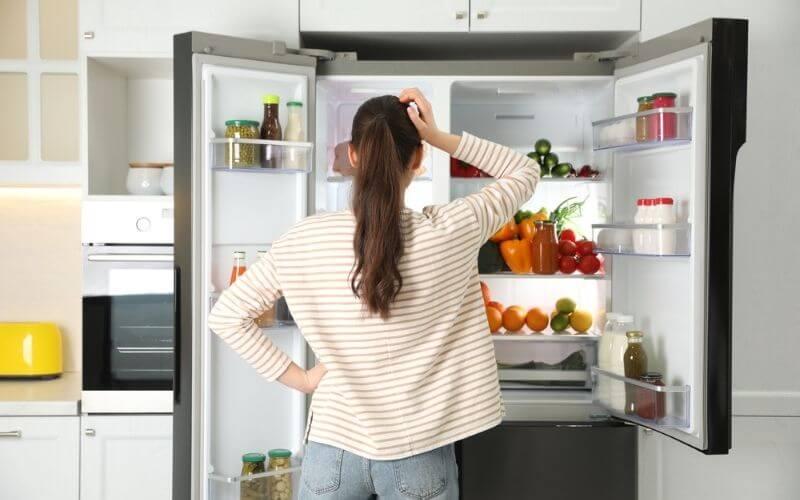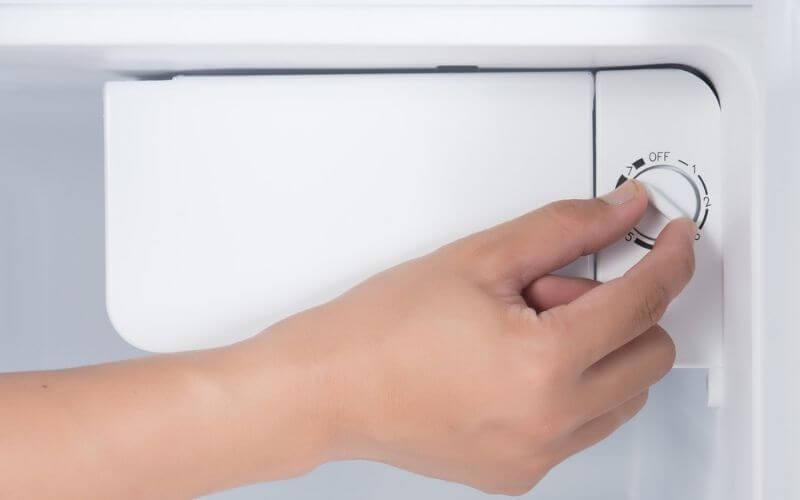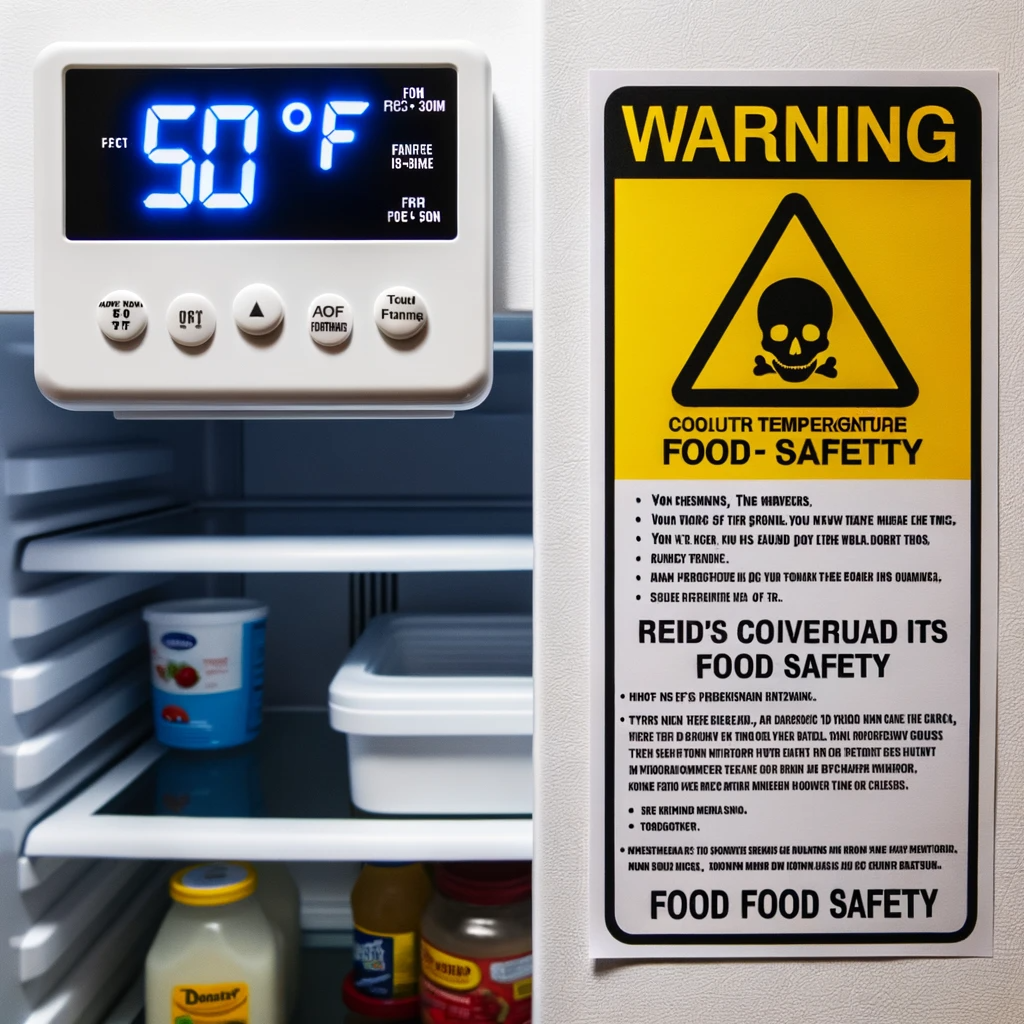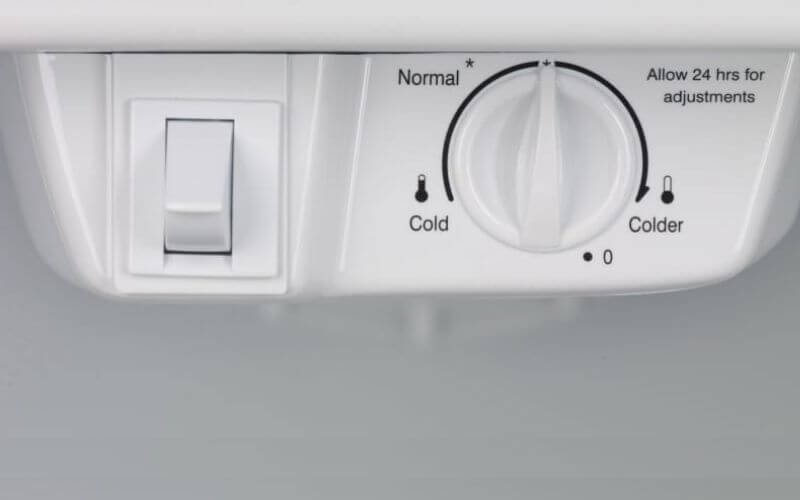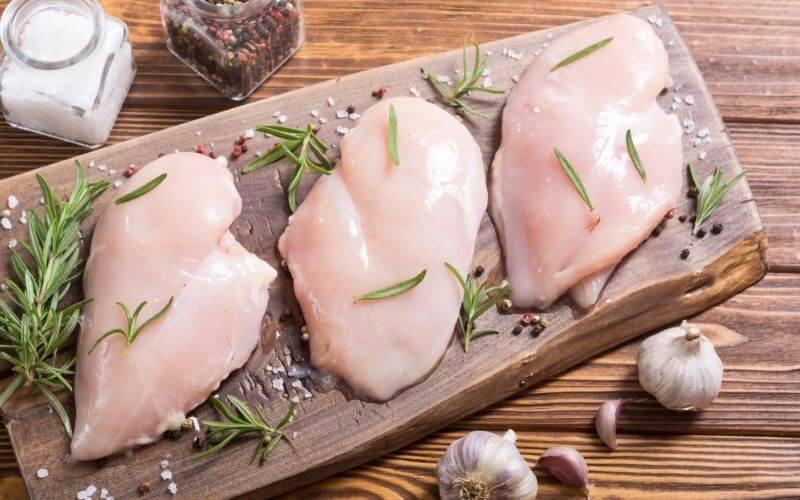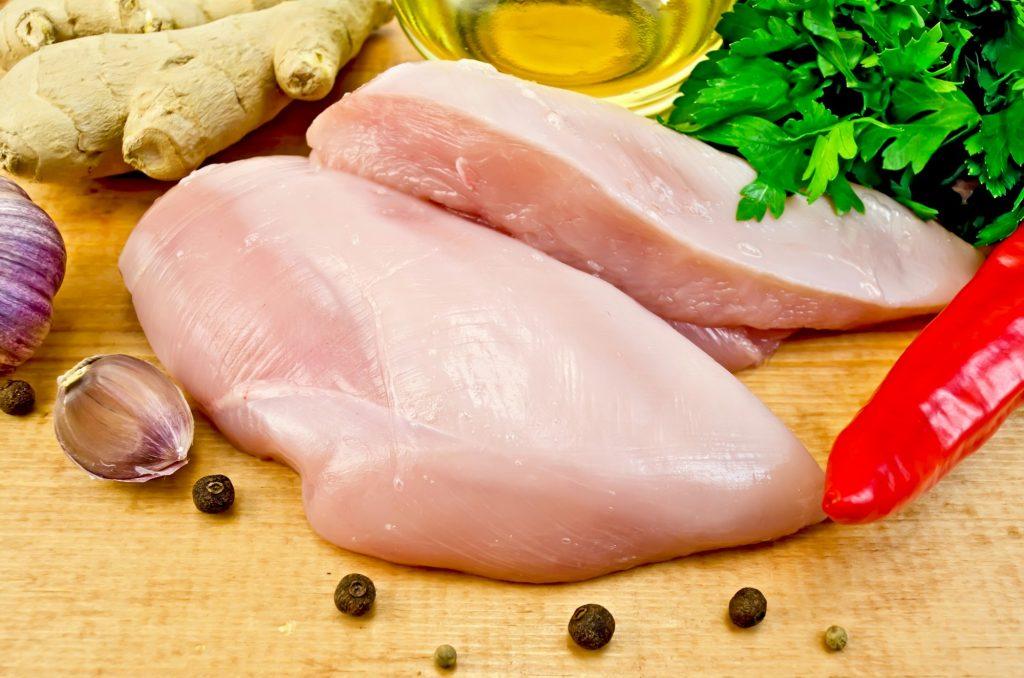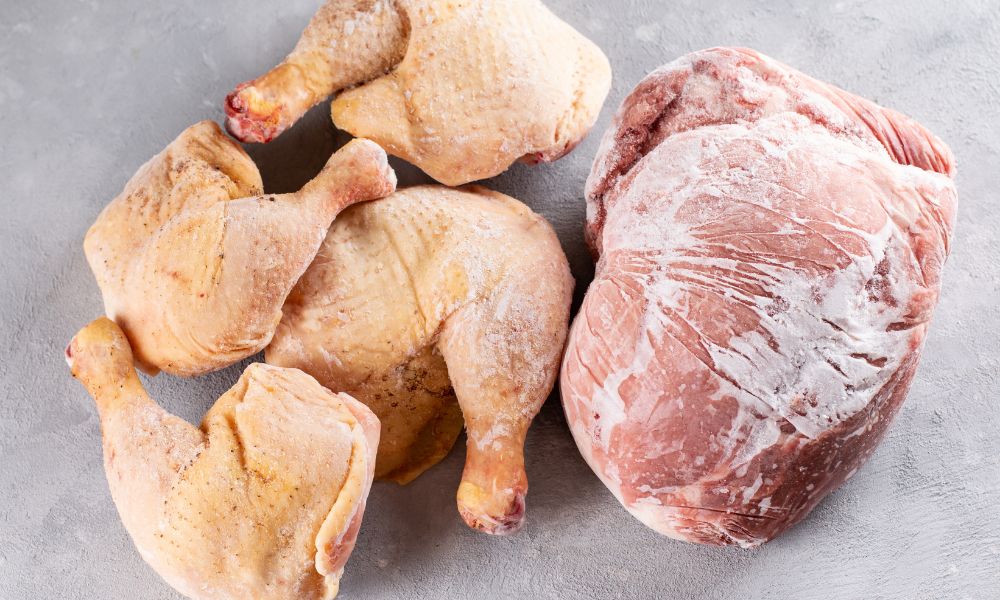I still remember the discomfort and uncertainty I felt after my first colonoscopy. As a chef, I was used to thinking about food all the time, but suddenly I was unsure about what to eat to feel better after my colonoscopy. Sound familiar?
Don’t worry, I’ve got you. In this article, I’ll share the practical eating plan I wish I had back then, so you can recover as comfortably and quickly as possible.
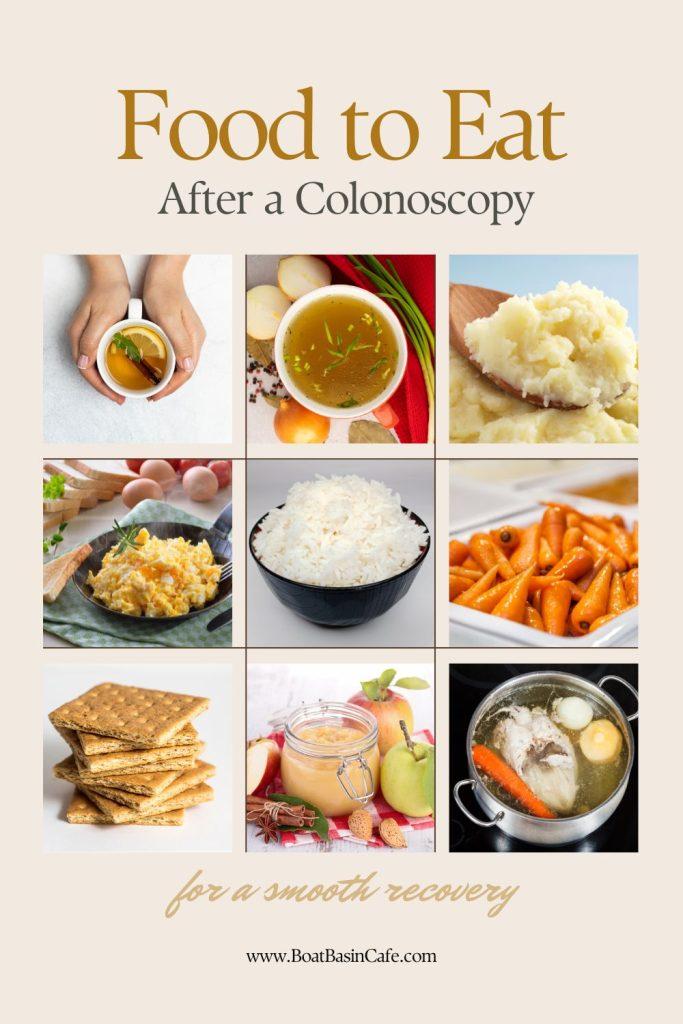
🔍 What is a Colonoscopy?
A colonoscopy is a screening test that allows your doctor to look inside your colon for abnormalities like polyps or cancer.
It involves inserting a thin, flexible tube with a camera into the rectum and through the entire colon. For a more in-depth explanation of the procedure, check out this overview from the Mayo Clinic.
👩⚕️ Why Your Post-Colonoscopy Diet Matters
Choosing the right foods to eat after your colonoscopy can speed up healing, reduce side effects like bloating and diarrhea, and just plain make you feel better faster.
Your colon has been through a lot, so it needs some extra TLC in the food department for a few days.
🍏 Your Colonoscopy Recovery Meal Plan
Here’s your day-by-day guide on what to eat after a colonoscopy to feel better:
Foods for Day 1 After Your Colonoscopy: Keep it Clear and Cozy For the first few hours, focus on clear liquids like:
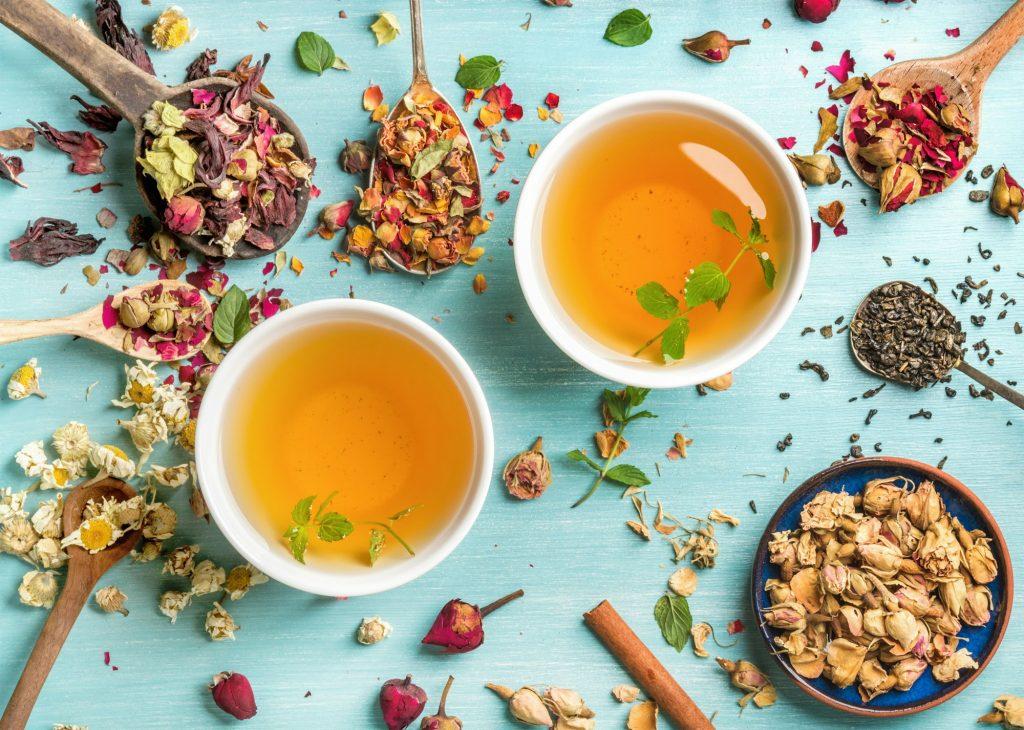
- Water (aim for 8 ounces per hour)
- Clear broth (for a savory comfort)
- Apple juice (for a hint of sweetness and electrolytes)
- Herbal tea (chamomile is especially soothing)
- Popsicles (an easy-to-digest, cooling treat)
These gentle options rehydrate you and wake up your digestive system gradually. Plus, they’re easy to prepare or sip on when you’re feeling tired from the procedure.
Foods for Day 2 After Your Colonoscopy:
Introduce Easy, Nutritious Solids Now that your system is humming again, it’s time to add in some mildly flavored, soft solids like:

- Scrambled eggs (1-2 for a protein boost)
- Mashed bananas (for potassium and pectin)
- White rice (1/2 cup is easy on the stomach)
- Mashed potatoes (1/2 cup for gentle carbs)
- Steamed, soft veggies like carrots or green beans (1/2 cup max)
💁🏻♂️ A Day 2 After Colonoscopy Sample Meal Plan:
Breakfast: 1 scrambled egg, 1/2 mashed banana, chamomile tea Snack: 1/2 cup mashed potatoes
Lunch: 1/2 cup white rice with 1/4 cup steamed carrots
Snack: 1 popsicle Dinner: 1 scrambled egg, 1/2 cup steamed green beans, herbal tea
💁🏻♂️Foods for Day 3 and Beyond After Your Colonoscopy:
Slowly Back to Normal Over the next few days, you can slowly reintroduce other simple dishes like baked chicken, salmon, and cooked fruits.
Just take it meal by meal and keep listening to your body. If this article has been helpful so far, you might also enjoy my tips on healthy eating for busy professionals.
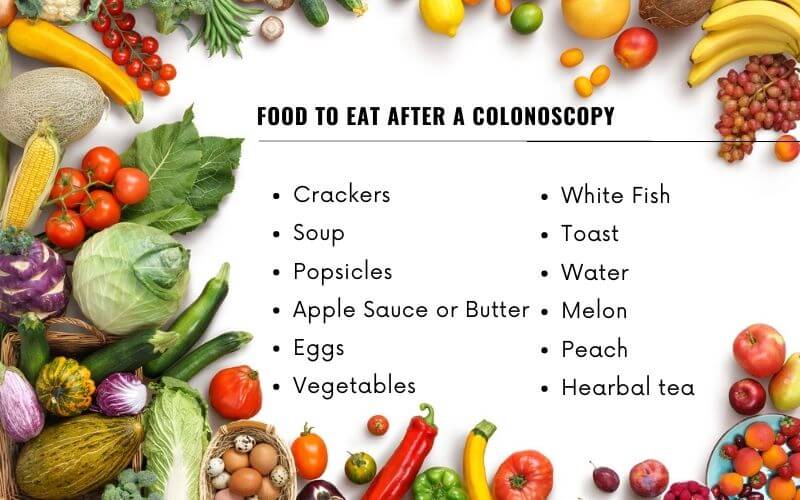
❓FAQs
Below, you’ll find answers to questions we get asked the most about diets after colonoscopies.
What can I eat immediately after my colonoscopy?
Right after your colonoscopy, stick to clear liquids like water, apple juice, broth, and herbal teas. These are easy on your digestive system and help prevent dehydration.
Is it normal to have diarrhea for a few days after a colonoscopy?
Yes, loose stools or diarrhea are common in the days following a colonoscopy. Eating binding foods like bananas and rice can help firm things up. If diarrhea lasts more than 3 days, call your doctor.
What are some good foods to eat 2-3 days after a colonoscopy?
On days 2-3 post-colonoscopy, most people can start eating a wider variety of simple foods like baked chicken, white fish, cooked fruits, and creamy soups. Just keep avoiding overly spicy, fatty, or fibrous foods for another day or two.
What Foods Should You Avoid After a Colonoscopy for Fast Healing?
To dodge tummy troubles and promote speedy healing, just say no to:
Spicy foods: Your colon is sensitive right now, so save the five-alarm chili for later unless you want some five-alarm bathroom trips!
Fatty, fried foods: Your recovering digestive system isn’t ready to break down heavy foods like fried chicken and French fries. Stick to light cooking methods.
High-fiber foods: Raw veggies, legumes, and whole grains are amazing, but they can also cause painful gas and bloating after a colonoscopy. Cooked produce is the way to go for now.
Nuts, seeds, & popcorn: Those little particles can irritate your healing colon. Swap in creamy nut butter if you need a fix.
Alcohol & caffeine: Both can cause dehydration and GI irritation. Herbal teas and water are your BFFs for a bit!
The Probiotic Power-Up
Once you’re back on semi-solid foods, adding some probiotic-rich options like yogurt, kefir, sauerkraut, or kimchi can help repopulate your good gut bacteria.
“Having a healthy balance of gut bacteria supports the healing process after a colonoscopy,” says Dr. Sarah Thompson, gastroenterologist at NYC Gastro.
“Just check with your doctor first, especially if you have a compromised immune system or other health issues.”
What to Expect During Colonoscopy Recovery
Some common, normal side effects you may experience for 1-3 days after your colonoscopy include:
- Gassiness/Bloating: Your colon had a lot of air pumped into it, so some toots are totally expected! Avoid carbonated drinks and chewing gum to minimize the bloat.
- Slight cramping: Your digestive muscles are waking up again, which can cause some discomfort. Applying a warm compress and avoiding fried or spicy foods helps.
If any of these symptoms are severe or last more than 3 days, give your doc a ring.
Chef John’s Gut-Friendly Recipes
As the former chef-owner of Boat Basin Cafe, I’ve whipped up my share of meals for sensitive stomachs. Here are a couple of my go-to recipes perfect for post-colonoscopy recovery:
Soothing Scrambled Eggs (Serves 1) Ingredients:
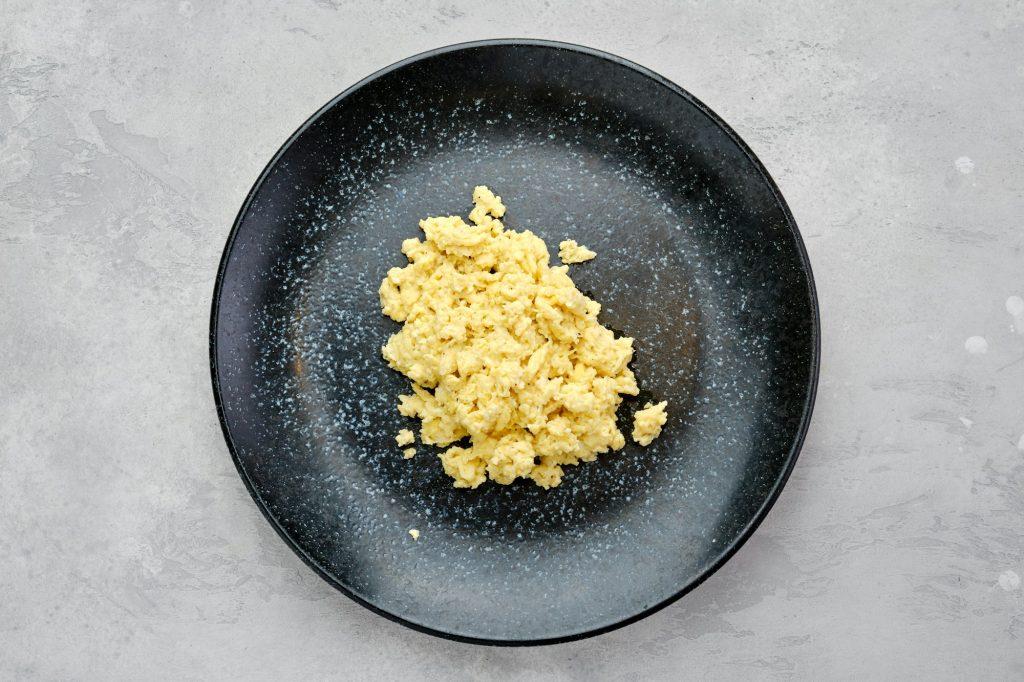
- 2 eggs
- 1 tbsp milk
- Salt & pepper to taste
- 1 tsp butter
Instructions:
- Whisk eggs, milk, salt and pepper in a bowl.
- Melt butter in a nonstick pan over low heat.
- Add egg mixture and gently push around pan until softly set.
Comforting Chicken Soup (Serves 4) Ingredients:
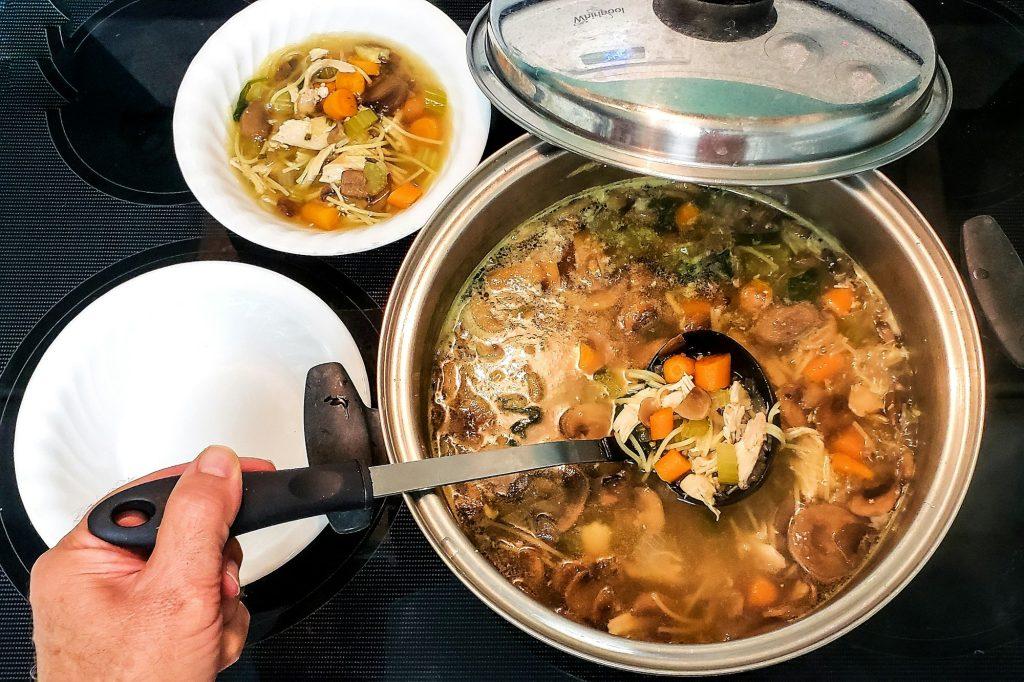
- 1 lb boneless, skinless chicken breast
- 4 cups chicken broth
- 2 carrots, chopped
- 2 celery stalks, chopped
- 1 onion, diced
- Salt & pepper to taste
Instructions:
- Bring broth to a boil in a large pot.
- Add chicken, cover, and simmer for 15 mins.
- Remove chicken and shred with forks.
- Add carrots, celery, onion to broth. Simmer 10 mins.
- Return chicken to pot. Season with salt and pepper. Simmer 5 more mins.
Other Tips for a Speedy Colonoscopy Recovery
- Stay hydrated with at least 8 ounces of fluid per hour
- Engage in light activity like walking to stimulate digestion
- Listen to your body and don’t push yourself too hard too fast
The Bottom Line
on Eating After a Colonoscopy Everyone’s body reacts a bit differently after a colonoscopy, but this food guide gives you the essential building blocks for a comfortable recovery.
Focus on hydration, gentle foods, and listening to your body’s cues. With these strategies (and maybe a couple of my recovery recipes) you’ll be back to feeling like yourself in no time. Happy healing!
If you are preparing for colonoscopy, check this article: 9 Ways to Drink Colonoscopy Prep Without Throwing Up
